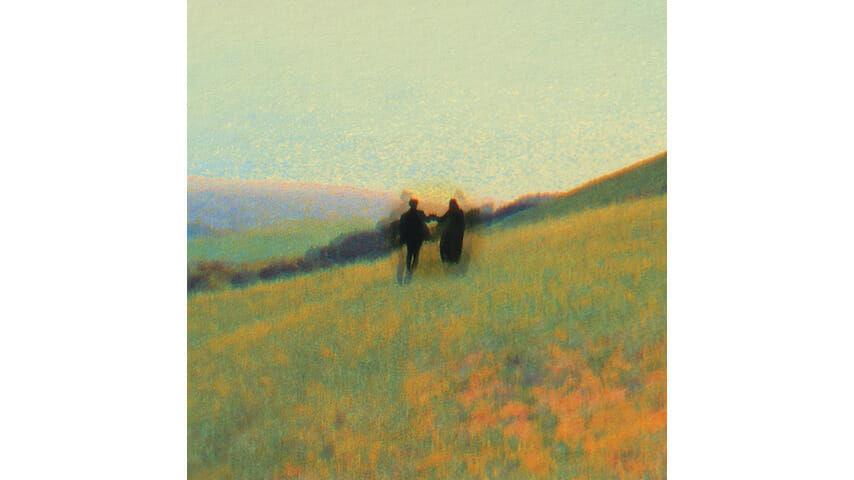HAERTS: New Compassion

Five years ago, the German-American duo HAERTS released “Hemiplegia,” a slowly building onslaught of dance-pop that pulsates like blood through veins after an unexpected shock to the system. Such self-assured early work fueled HAERTS’s well-received debut album, as well as buzz-generating stops on the festival circuit. The ecstasy of early success, however, led to a painful comedown following a split with their label, Columbia. This professional heartbreak spurred a move from Brooklyn to the Hudson Valley, plus a period of self-scrutiny and healing that cleared the way for new work. “We started writing in a time that felt very heavy to us,” Fabi says. The duo’s follow-up four years later, New Compassion, is a record of that disappointment and recovery.
Having demonstrated a mastery of synth-pop fundamentals—writing catchy hooks and washing the lead voice in rivulets of pretty noise—HAERTS now pushes organic sounds like rhythm guitar, tambourine and live drums to the front of the mix. As a result, one could picture New Compassion’s standout tracks playing both as club anthems and, stripped down, as campfire singalongs. The title track builds around jangly guitars, a shaker, and a tambourine. Channeling the upbeat classic rock of Tom Petty or George Harrison, the song becomes a rallying cry for personal resilience, repeating the mantra “new compassion” and the phrase “And I’ve been feeling the call so I walk the walk.” Like other songs “Fighter” and “Sign,” “New Compassion” documents an effort to balance ambition with self-care, particularly in a relationship whose power dynamic does not favor the speaker’s wellbeing. Whether the “you” here refers to an unkind lover or an unsupportive record label, the message works either way: you wronged me, I clung to you too long and I’m fighting to assert my own self-worth.
This evolution gives the album a narrative shape. Early tracks like “No Love for the Wild” and “The Way” bemoan the difficulty of taming one’s free spirit to fit into a stable partnership, while the final cut, “Healing,” foregrounds Fabi’s vocal and a single guitar to portray an emotional cleansing post-heartbreak. Opener “No Love for the Wild” exemplifies HAERTS’s long-established knack for melding synthesized and acoustic sounds: the track builds drama with film-score strings, surrounds the voice with a gentle swirl of reverbed chords, and adds a quickly strummed rhythm guitar in the chorus. The mix is thick with detail, every pause between lyrics filled with a sustained chord or a trail of echoing vocal. As Fabi sings “I tried to find a love for the truth / A love for the wild,” the instrumentation heightens that tension between punishing melodrama and hard-earned joy.
-

-

-

-

-

-

-

-

-

-

-

-

-

-

-

-

-

-

-

-

-

-

-

-

-

-

-

-

-

-

-

-

-

-

-

-

-

-

-

-








































